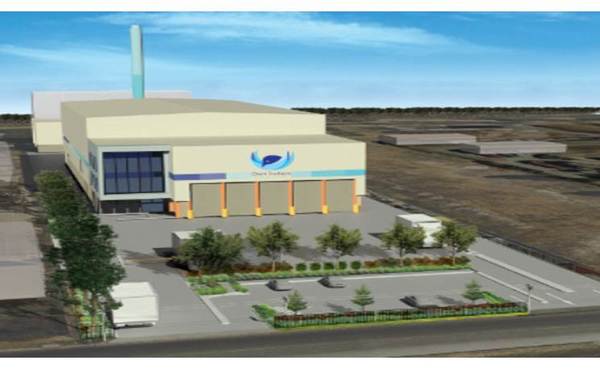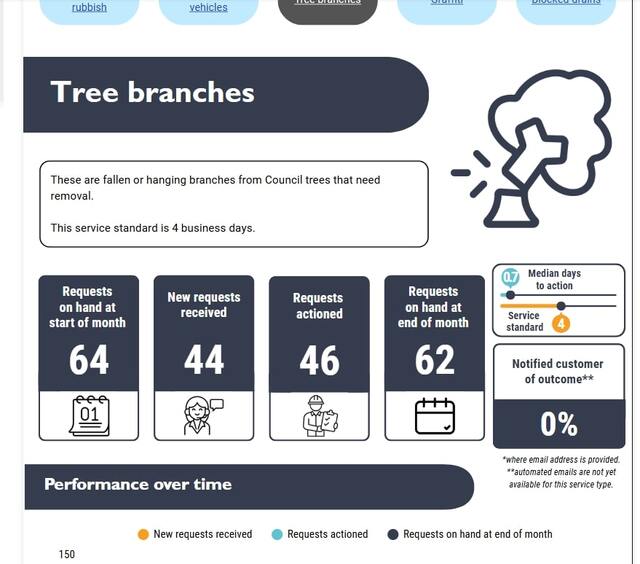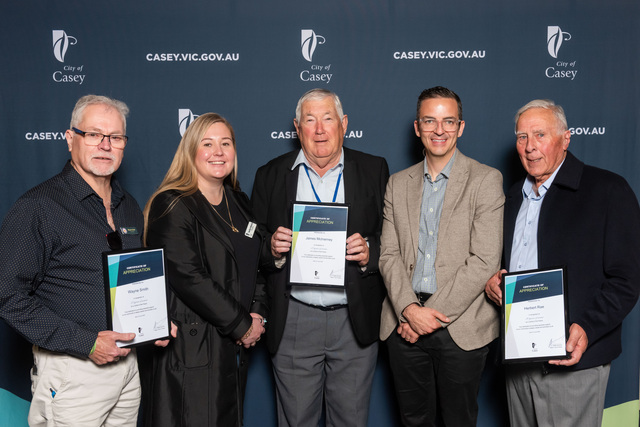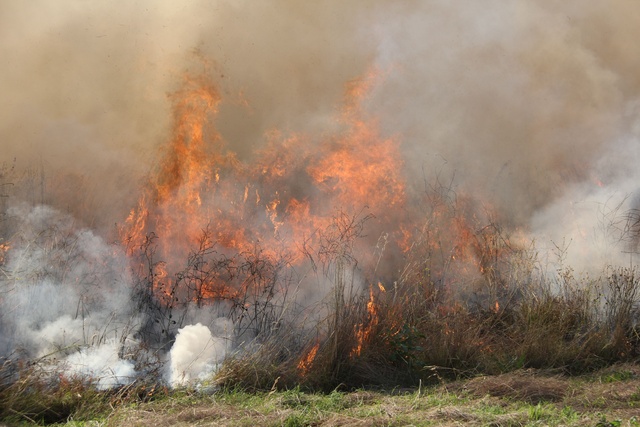A residents group has slammed City of Greater Dandenong’s failed attempt to oppose a controversial waste-to-energy plant in Ordish Road, Dandenong South.
The Victorian Civil and Administrative Tribunal granted a planning permit on 15 September after the council had approved, then rescinded, deferred and finally opposed the project.
Since November, the project has attracted public outrage, with homes as close as 800 metres from the site.
A coalition of schools, residents and community centres in Keysborough within five kilometres have objected.
The gasification facility with two 55-metre chimneys will process 100,000 tonnes a year of household solid waste, commercial and industrial waste, producing 7.9MW of electricity.
The South East Environment Group (SEEG), led by council election candidate Ramy El-Sukkari, claimed the council’s case was hindered by tardiness and unprofessionalism.
He said the council only made a “token gesture” to oppose the “toxic incinerator” after a “relentless community campaign”.
“It appears that the council decision was made only to appease the public outrage.
“The VCAT report demonstrates the dismal failure of the council (to take) the necessary steps to stop the incinerator application in a timely, genuine and professional manner.
“There were no serious measures in place to ensure that scientific and factual evidence were established to support … the council position.”
Mr El-Sukkari said VCAT “failed” residents by allowing 3000 tonnes a year of “toxic” fly ash to be stored in an on-site silo as prescribed industrial waste.
The plant’s “exceptionally toxic and hazardous” bottom ash would be sent to landfill “without (VCAT) worrying about its harmful impact”.
VCAT members Jeanette Rickards and Greg Sharpley stated the proposed waste-to-energy facility will “go some way to reducing waste to go to landfill”.
“We do not consider that the use will impact on the amenity of the nearby local community,” they stated – noting the Environment Protection Authority Victoria had granted works approval.
The site is on the western edge of the “suitable” Industrial 2 zone – a zone that is typically more than 1500 metres from residences.
Nearby are a clinical waste incinerator, a resource recovery facility and a transfer station.
“We consider that the general issues of potential impact on the amenity of the area such as traffic, noise, odour, light spill and litter are issues that have already been fully explored during the Works Approval.”
The council’s argument that it had insufficient time to assess and advise VCAT on the plant’s air emissions was “unsatisfactory”.
“Despite raising this issue no details were provided by the council as to why it was concerned.”
In its works approval findings in July, the EPA stated the “potential air emissions … pose negligible risk to human health”.
The proposed air emission, odour and noise pollution controls were “consistent with international best practice standards of the European Union”.
The EPA found that the plant’s distance from residents and Mt Hira College was “acceptable”.
Greater Dandenong mayor Jim Memeti said the decision highlighted the need to relocate the Industrial 2 zone.
Thousands of residents living in Dandenong South and Keysborough South were impacted by the zone’s heavy industries despite a supposed 1.5-kilometre buffer, he said.
“I’m disappointed that VCAT have come to this decision,” Cr Memeti said.
“People in our area are concerned about these kind of facilities near them.
“I’m concerned about the health of the community.”
Cr Memeti will seek a health survey of Dandenong South and Keysborough South residents, suspecting higher-than-average rates of disease, severe disabilities at birth and infertility.
A 2011 survey by the Department of Health found no disease cluster.
But Cr Memeti said the wide sample area, extending into Casey and Dandenong North, had “diluted” the result.
Greater Dandenong has appealed against the EPA works approval. The VCAT hearing is expected to start in February.







